Imagery Inspired Story Weaver - AI-driven creative story tool
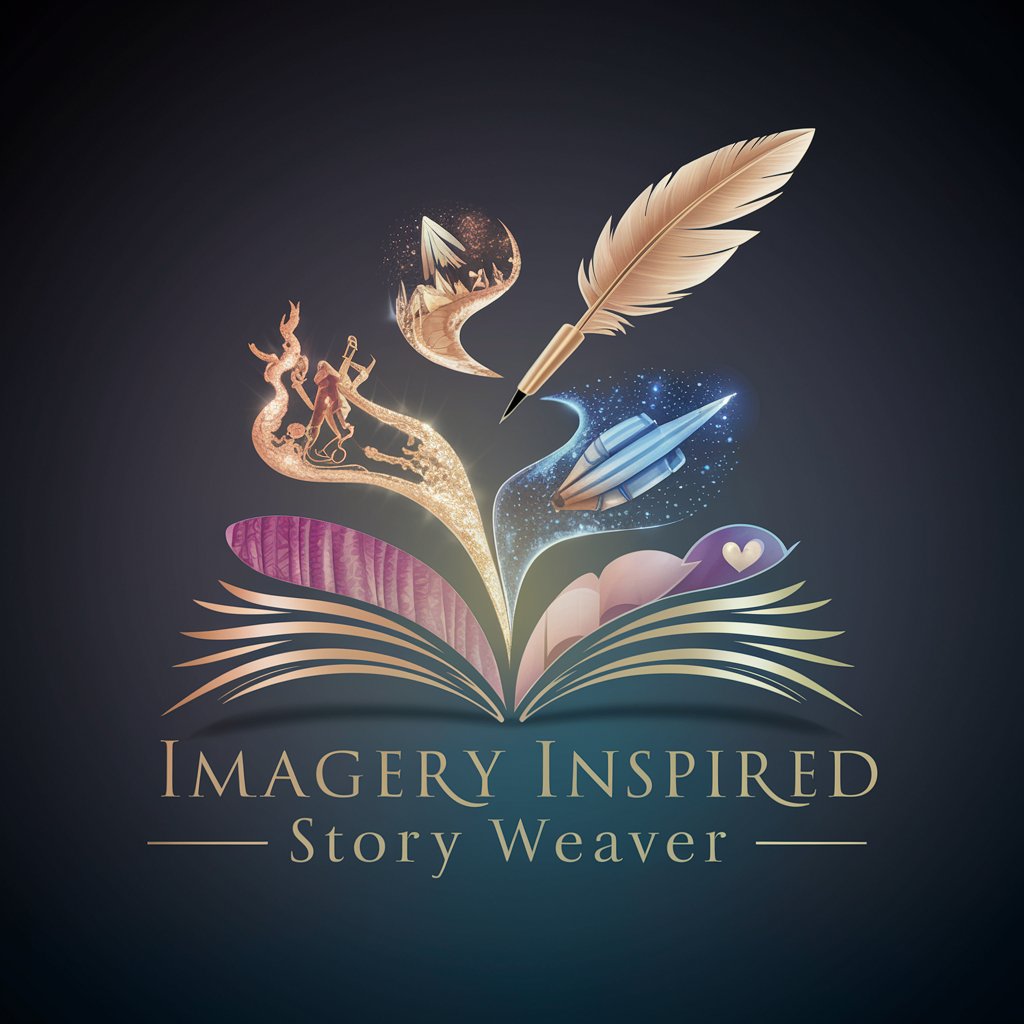
Welcome to a world of imagination and stories woven from images!
Narrate Your Vision with AI
In a distant future where AI controls the weather, an unexpected storm...
Deep within an enchanted forest, a hidden village harbors a secret...
On the eve of a grand heist, the mastermind receives an unexpected visitor...
In the heart of a bustling metropolis, a mysterious artifact surfaces...
Get Embed Code
Overview of Imagery Inspired Story Weaver
Imagery Inspired Story Weaver is designed to transform images into detailed, original short stories across various genres such as fantasy, science fiction, drama, adult romance, and avant-garde. Utilizing images provided by users, this service crafts narratives that reflect the themes, moods, and elements depicted in these visuals. The function shines in its ability to interpret artistic nuances within an image, whether it involves characters or landscapes, and weave these elements into cohesive, compelling stories. For instance, given a picture of a desolate, snowy landscape, the Story Weaver might create a tale of isolation and survival, or perhaps a mysterious science fiction story about an alien discovery beneath the ice. Powered by ChatGPT-4o。

Core Functions of Imagery Inspired Story Weaver
Narrative Generation from Single Images
Example
When presented with an image of a medieval castle shrouded in fog, the tool might generate a story about a forgotten kingdom and the ghost of a former king still roaming the castle grounds.
Scenario
Used by a fantasy writer seeking inspiration for a novel's setting or by a game developer designing an atmospheric backdrop for a new adventure game.
Multi-Image Story Integration
Example
Given three images—a rusted sword, a tattered banner, and a war-torn battlefield—the Story Weaver can integrate these elements into a single narrative about a once-great battle, its legendary heroes, and the relics left behind.
Scenario
Ideal for educators creating interactive storytelling sessions for students to help them understand historical events or cultural narratives.
Character Dialogue Creation
Example
From an image depicting two people in a tense standoff, the tool crafts dialogues that reveal their conflict, backstory, and potential resolutions, enhancing the depth of the characters.
Scenario
Useful for screenplay writers or novelists who need to develop complex characters and interactions based on visual prompts.
Target Users of Imagery Inspired Story Weaver
Creative Writers
Authors, poets, and playwrights looking to break through writer's block or seek new inspirations. This tool provides them with fresh narratives and character ideas that can be adapted into larger works.
Educators and Academics
Teachers who incorporate creative writing and storytelling into their curriculum. They can use this tool to engage students with visual aids that encourage them to develop their own stories, enhancing their creativity and writing skills.
Entertainment Industry Professionals
Screenwriters, game designers, and directors who require innovative story concepts that can be visualized and pitched to studios or incorporated into interactive media.

How to Use Imagery Inspired Story Weaver
Begin Trial
Visit yeschat.ai for a free trial without login, and no need for ChatGPT Plus.
Upload Images
Upload your chosen image or images directly into the chat interface. Each image should ideally depict a scene you want to inspire your story.
Specify Genre
Select or specify the genre you're interested in, such as fantasy, science fiction, or drama. This helps tailor the narrative style to suit the image.
Generate Story
Initiate the story generation process. The tool will analyze the image and create a unique story based on the elements visible in the picture.
Review and Edit
Review the generated story. You can make edits or ask for a different narrative style or direction based on the initial output.
Try other advanced and practical GPTs
Rustler
AI-powered Rust programming assistant
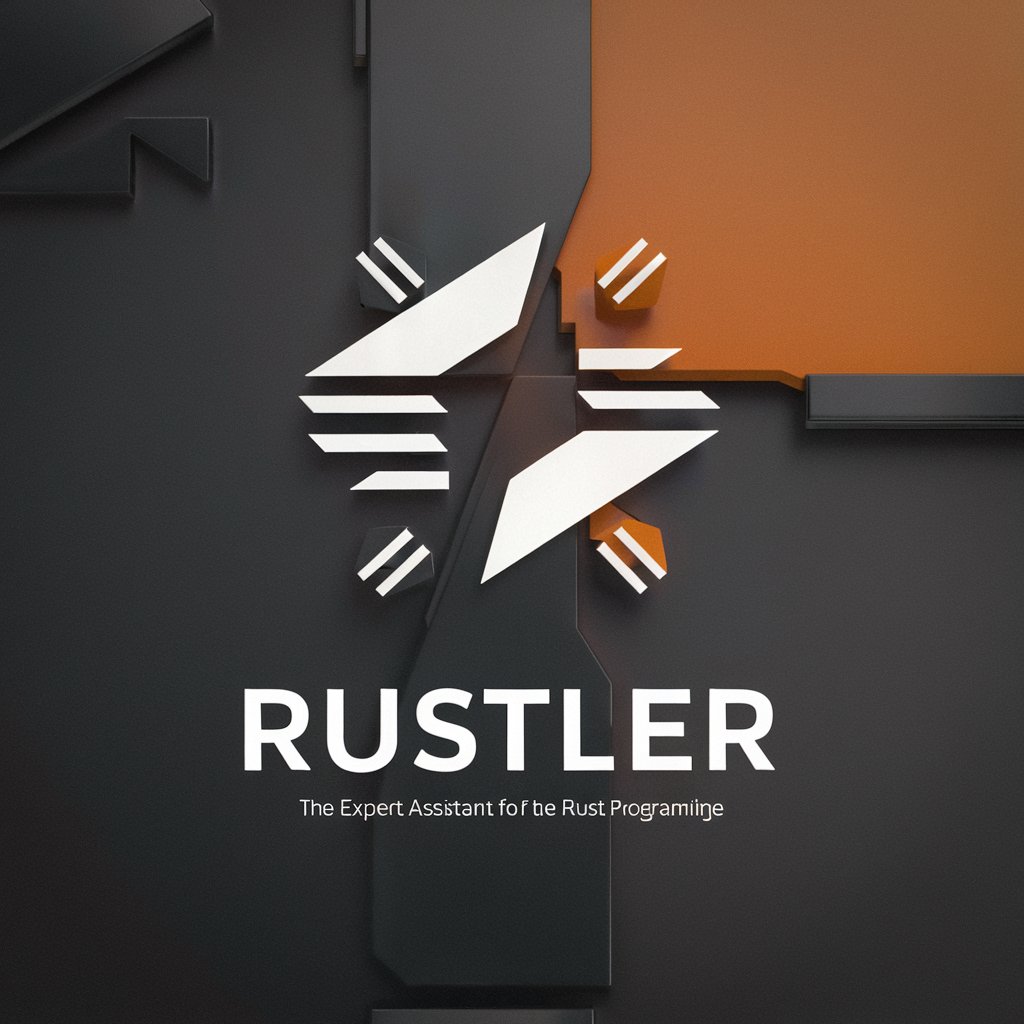
Dr. SKIN dermatology
AI-powered insight into your skin health.

Skin Care Sage
Revolutionizing Skincare with AI

Dermatology Consultant
Your AI-powered beauty guide

Hautarzt Dermatologe
Empowering Skin Health with AI

Tryptocratic Republic
Harnessing AI for Ethical Governance
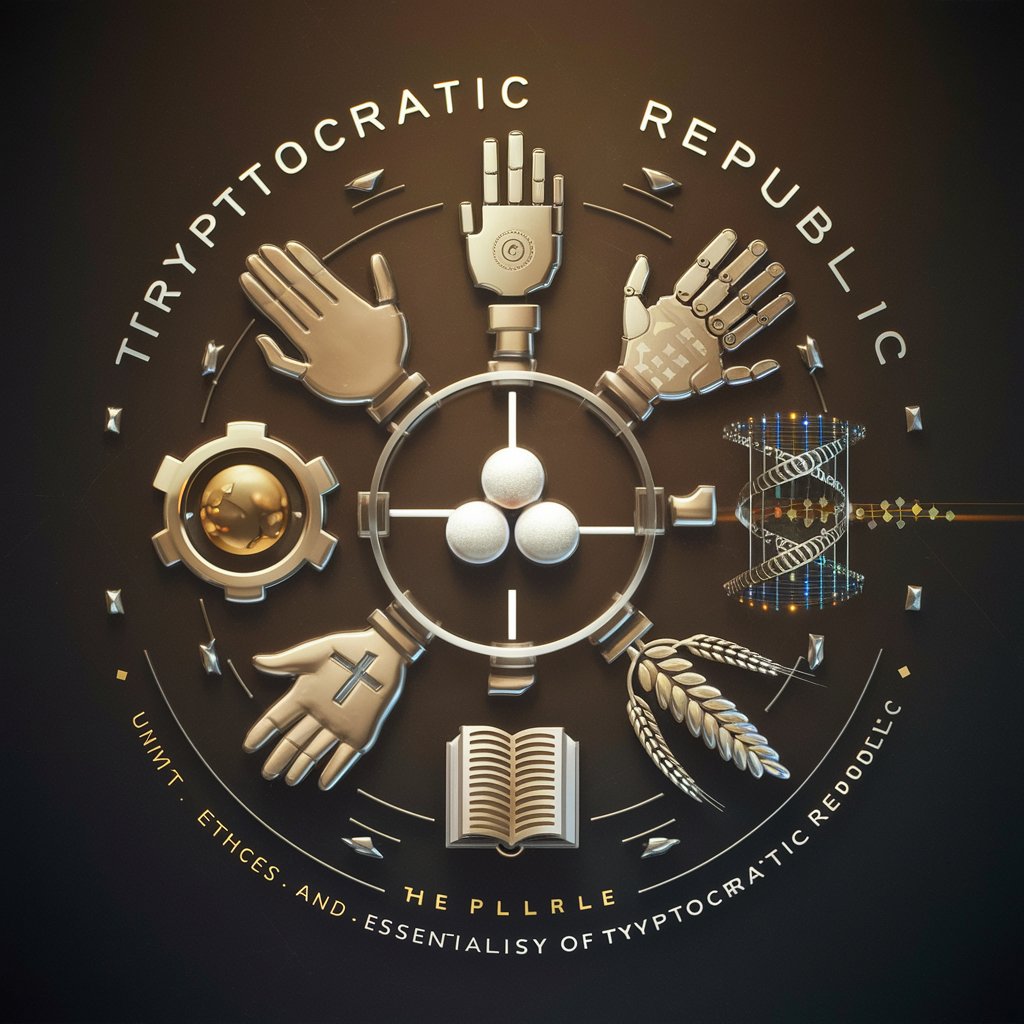
Grammar - Latin Case Usage Sentence Generator
Automate Latin Learning with AI
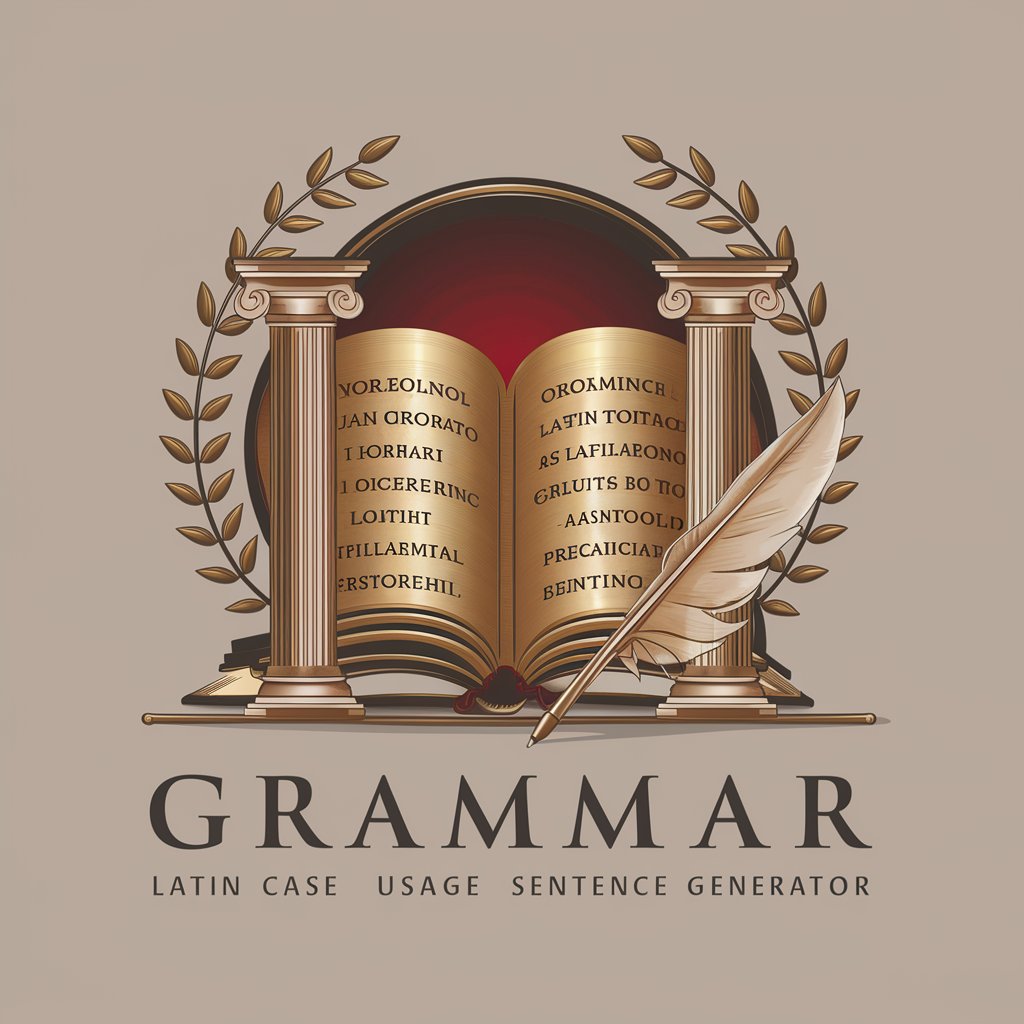
Tax Appeal Guru
AI-Powered Tax Appeal Expertise
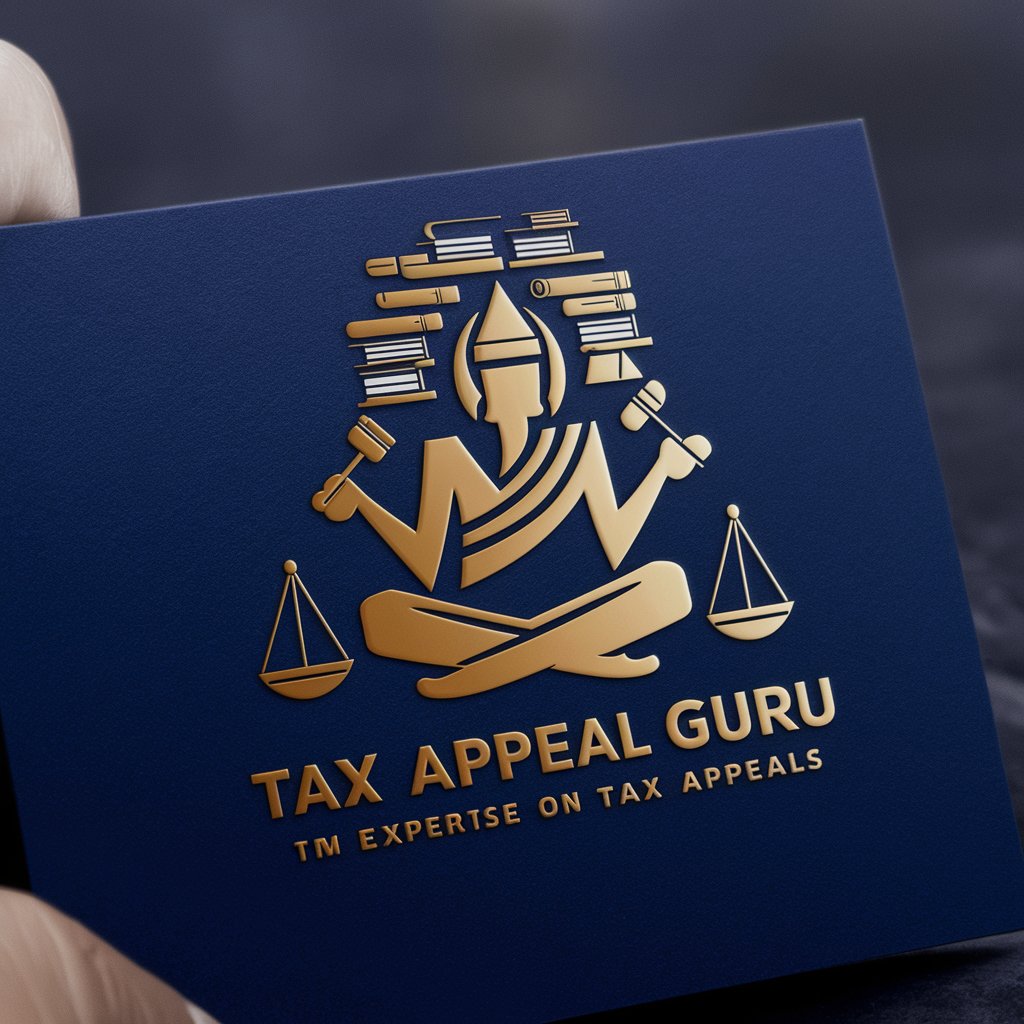
Product Advertisement Image Generator
AI-powered image generation for marketing

Anti GPTZero
AI-powered text customization made easy

fastwriter
Transform your content with AI precision

Carto Chat
Explore Maps with AI

Frequently Asked Questions about Imagery Inspired Story Weaver
What types of images work best with Imagery Inspired Story Weaver?
Images with clear, distinct scenes and characters work best as they provide more detail and context for story generation. High-resolution and well-composed images tend to yield more coherent and inspired stories.
Can I use the tool for creating stories in non-English languages?
Currently, the tool generates stories primarily in English. However, future updates may include support for multiple languages.
Is there a limit to the number of images I can use for a single story?
No, there is no set limit. However, using too many images at once might make the narrative less coherent. It's generally recommended to use one to three images for a single, cohesive story.
How can educators use this tool in a classroom setting?
Educators can use this tool to enhance creative writing classes. Students can upload images and generate stories, which can then be used as starting points for writing assignments or critical discussions on narrative techniques.
What is the benefit of avoiding clichés in story generation?
Avoiding clichés ensures that each story remains original and engaging. It encourages creativity and can lead to more compelling and thought-provoking narratives, enhancing the overall reading and learning experience.
